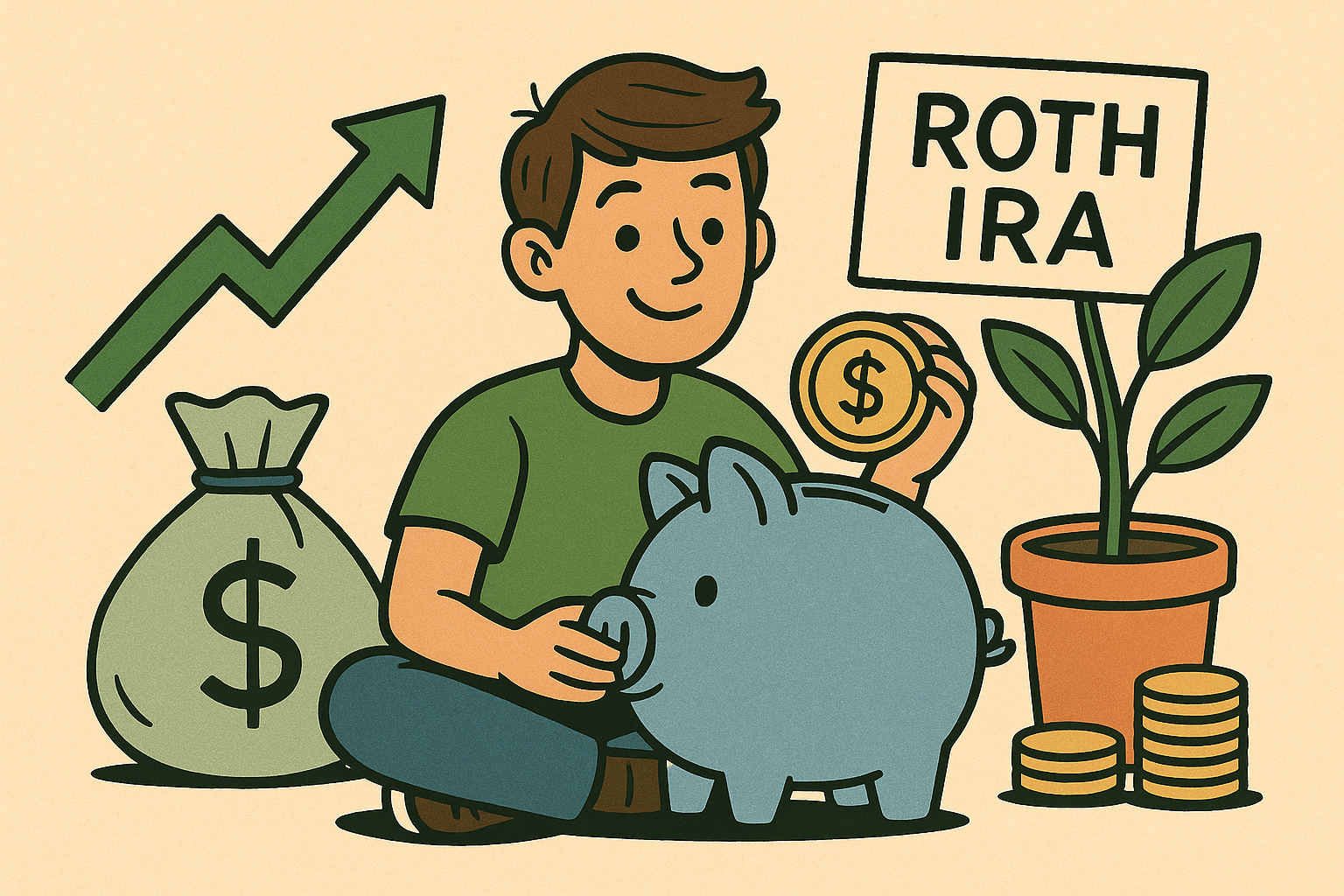Want to grow your wealth without stock-picking stress? That’s exactly what the S&P 500 lets you do.
In fact, it’s one of the most trusted, proven ways to invest—used by everyone from first-time investors to Warren Buffett himself. And thanks to index funds and AI-powered planning tools, you can tap into its power with just a few clicks.
Here’s how it works—and why it’s probably smarter than trying to guess which stock will take off next.
What Is the S&P 500?
The S&P 500 is a stock market index made up of the 500 largest publicly traded companies in the U.S. It’s designed to reflect the overall performance of the American economy—and it’s become the gold standard for long-term investing.
But it’s not just a random list of companies. To be included in the S&P 500, a business must meet strict criteria, including:
U.S.-based
A market cap of at least $14.5 billion
Positive earnings over recent quarters
Majority of shares available to the public
Strong financial standing
The list is reviewed and rebalanced every quarter by the S&P Dow Jones Indices committee.
You Already Know These Companies
When you invest in the S&P 500, you’re buying a tiny piece of America’s biggest and most influential brands—companies like:
Apple
Microsoft
Amazon
Google (Alphabet)
Johnson & Johnson
Coca-Cola
JPMorgan Chase
These are household names across tech, healthcare, finance, energy, and more. It’s instant diversification in one fund.
Sign up for our Newsletter
Subscribe to our newsletter and get our free AI finance guide — packed with tools to help you budget, invest, and grow your money.
You Don’t Have to Pick the Winners
Here’s the magic of the S&P 500: you don’t need to guess which stocks will win or lose.
That’s because the index is market-cap weighted—the bigger the company, the more of the index it represents. As winners grow (like Apple or Nvidia), they automatically make up a bigger piece of the pie. If a company falls behind, it becomes a smaller slice—or gets removed completely.
You’re not locked into fading companies.
You automatically benefit from market evolution.
You’re always invested in the strongest players.
What Is Rebalancing?
Every few months, the S&P 500 is updated through a process called rebalancing.
If a company no longer meets the criteria—maybe it’s lost market share or stopped turning a profit—it gets booted. A rising company that qualifies will take its place.
You don’t have to make those decisions yourself. The index adjusts automatically behind the scenes. So your investment is always aligned with today’s top U.S. companies.
How to Invest in the S&P 500
You can invest in the full index through low-cost index funds—no advisor required.
These funds track the S&P 500 and only charge a tiny fraction of a percent in fees.
Why It Works for Long-Term Wealth
Over the past several decades, the S&P 500 has returned around 10% per year on average (before inflation). It’s weathered recessions, wars, political chaos, and still delivered strong results.
The key advantages?
Built-in diversification
Automatic rebalancing
No guesswork
Ultra-low fees
When paired with an AI budgeting or planning tool, you can project your future returns, set monthly contribution goals, and keep your plan on track—without a financial advisor or robo-advisor eating into your gains.
Bottom Line: Simple, Smart, and Proven
The S&P 500 is not flashy. It doesn’t promise overnight gains. But it’s one of the most reliable paths to long-term wealth—and you don’t need to pick the next Apple or Tesla to benefit.
By investing in the index, you’re riding the momentum of America’s most successful companies—and letting the market do the work for you.




